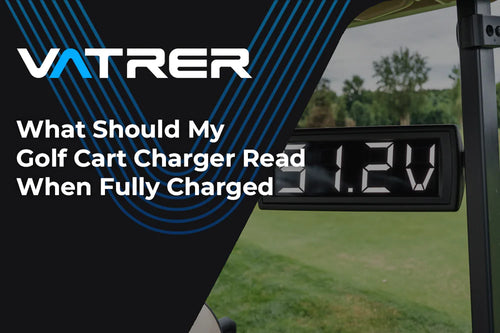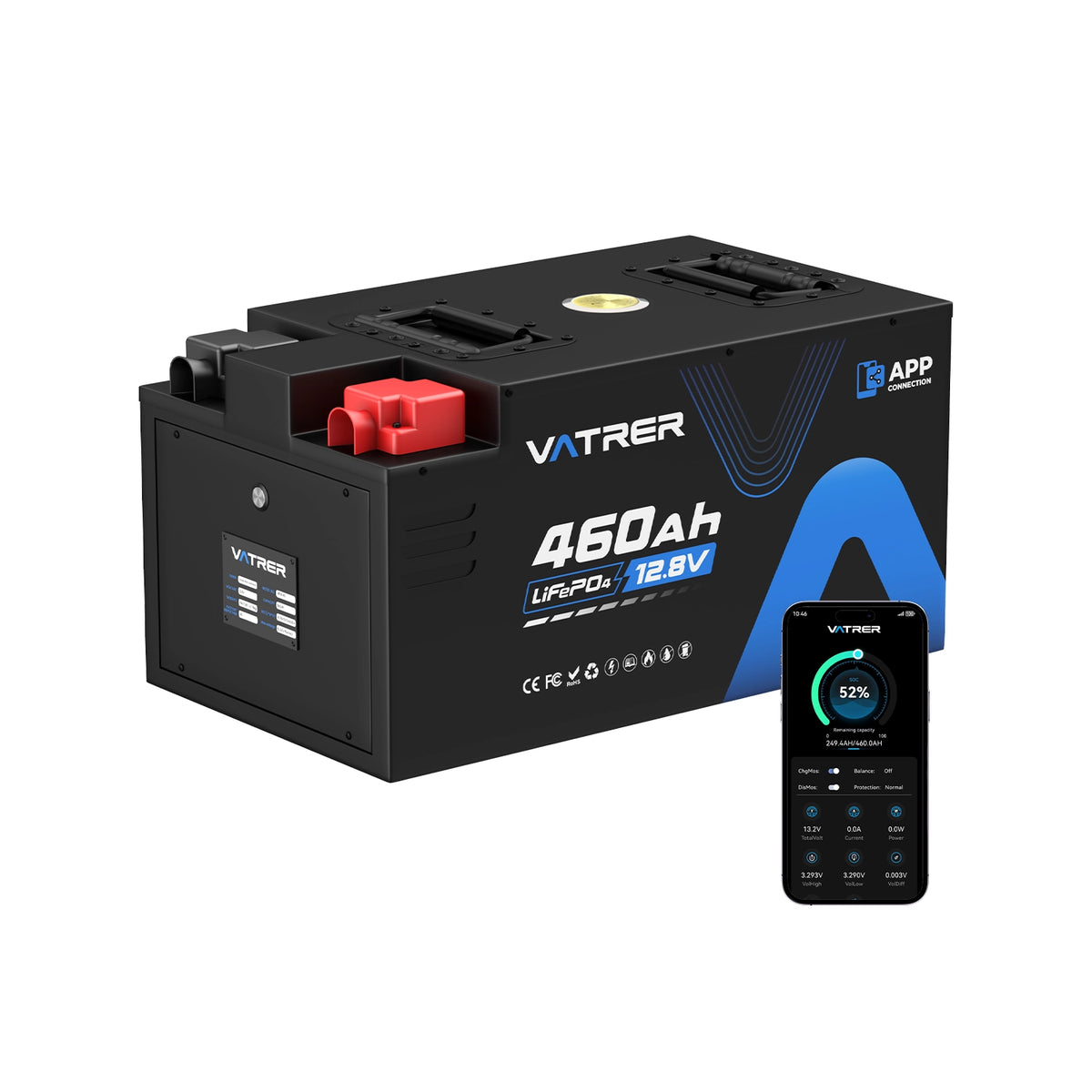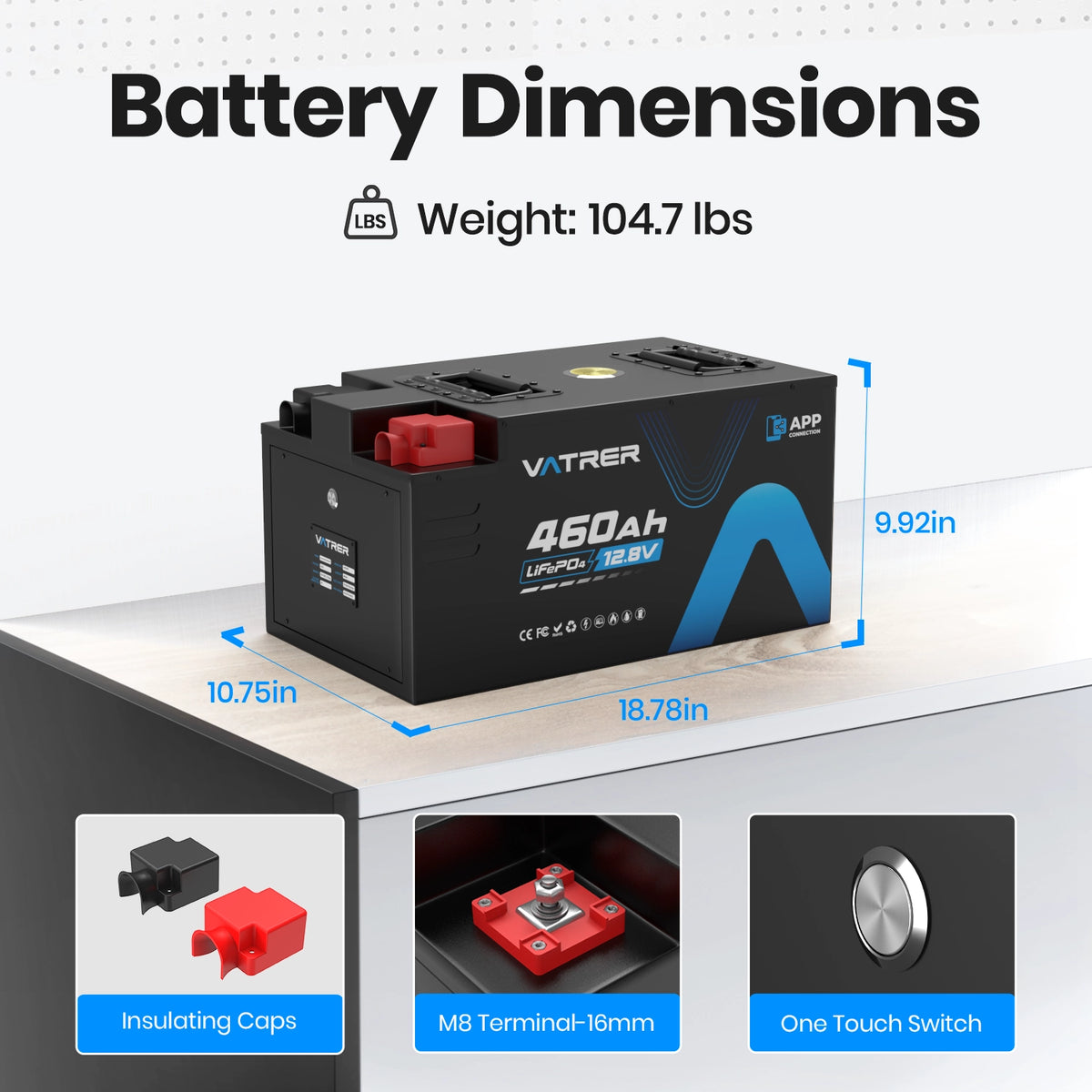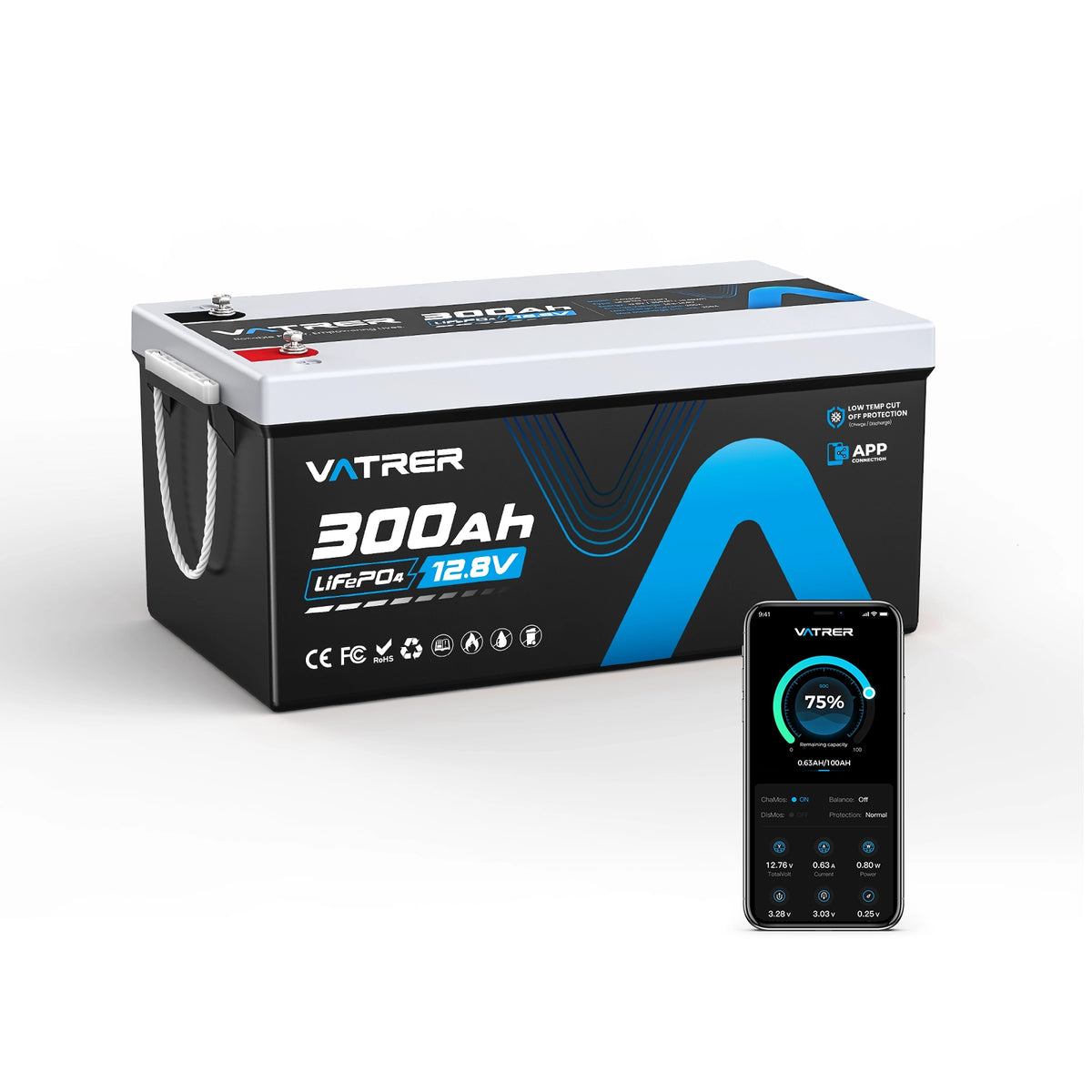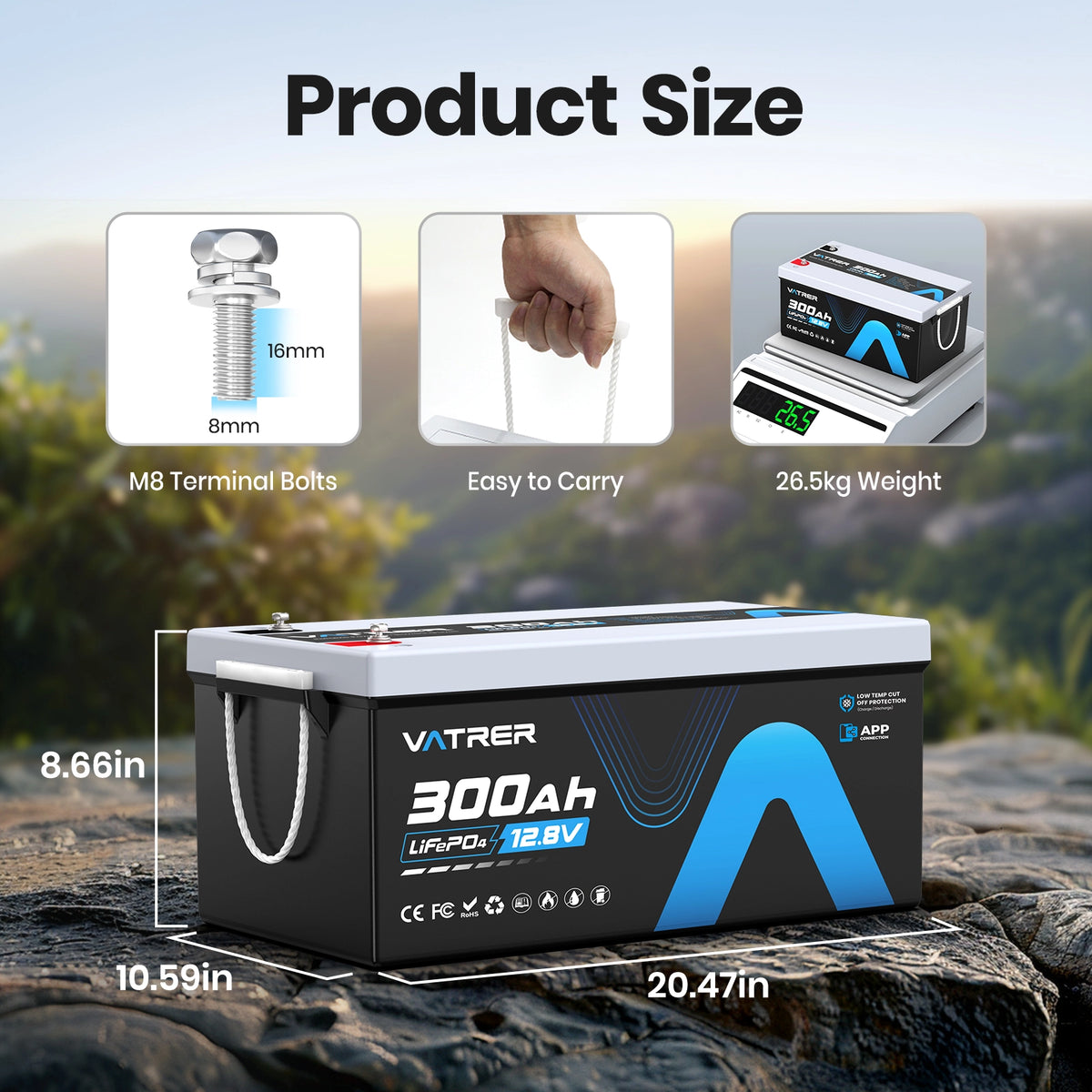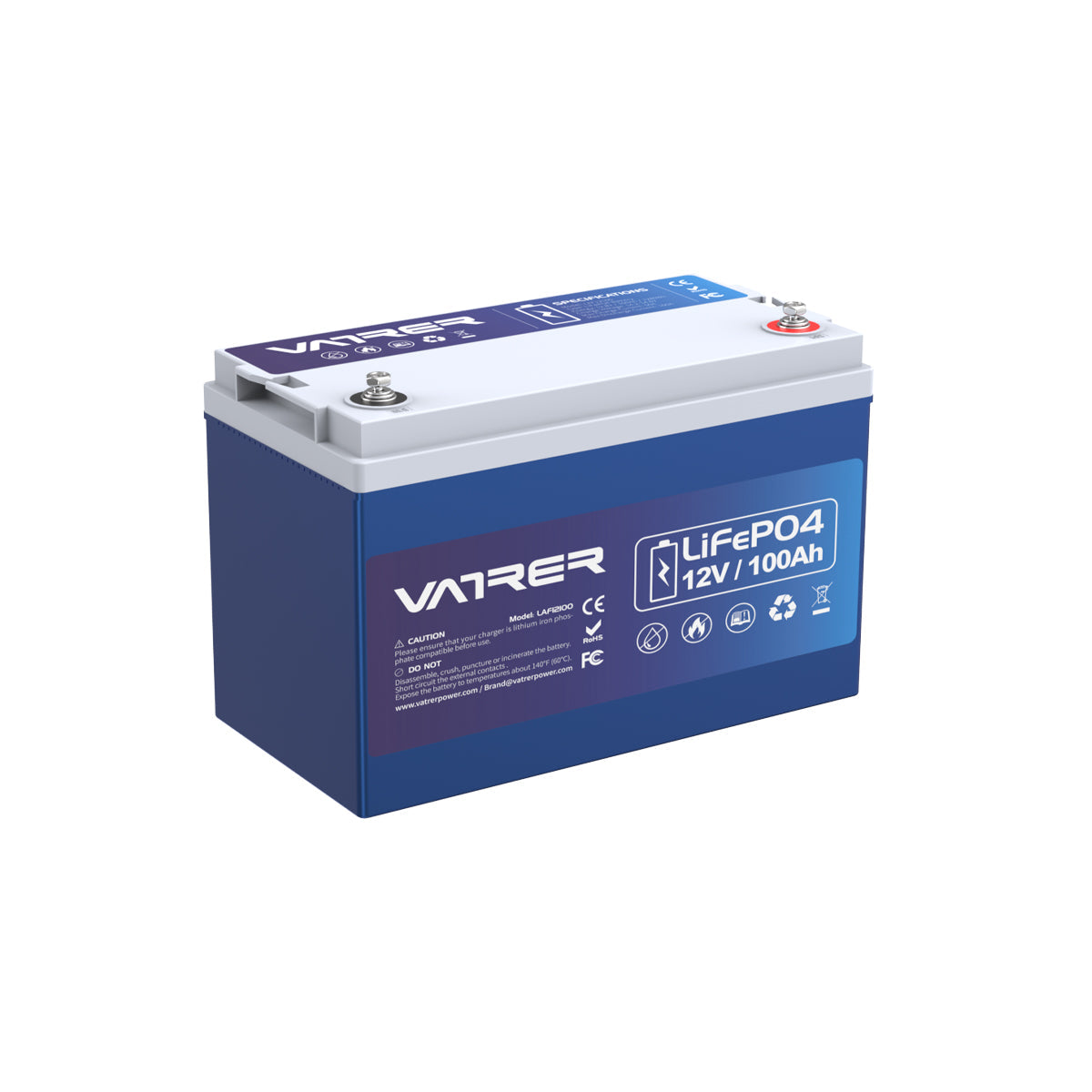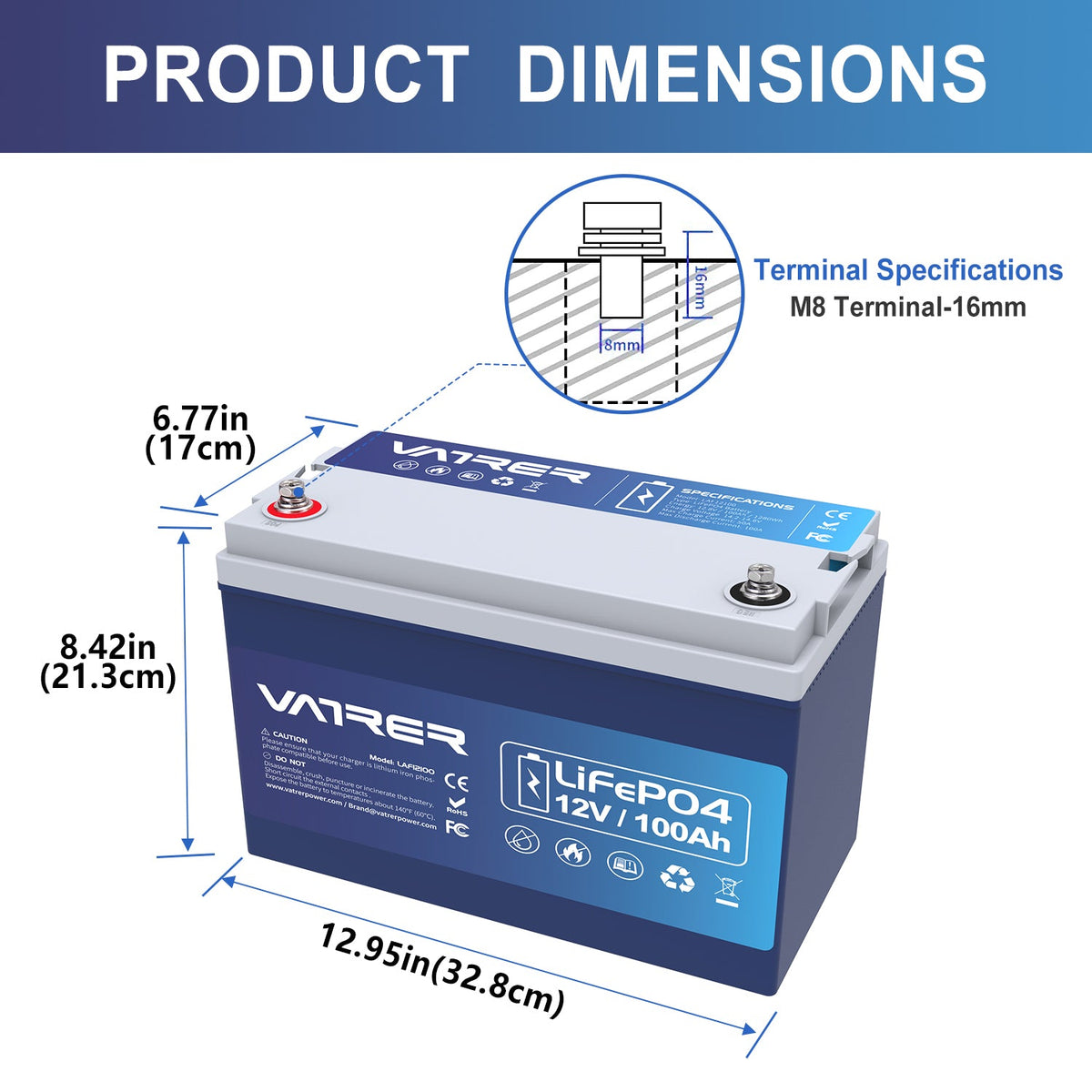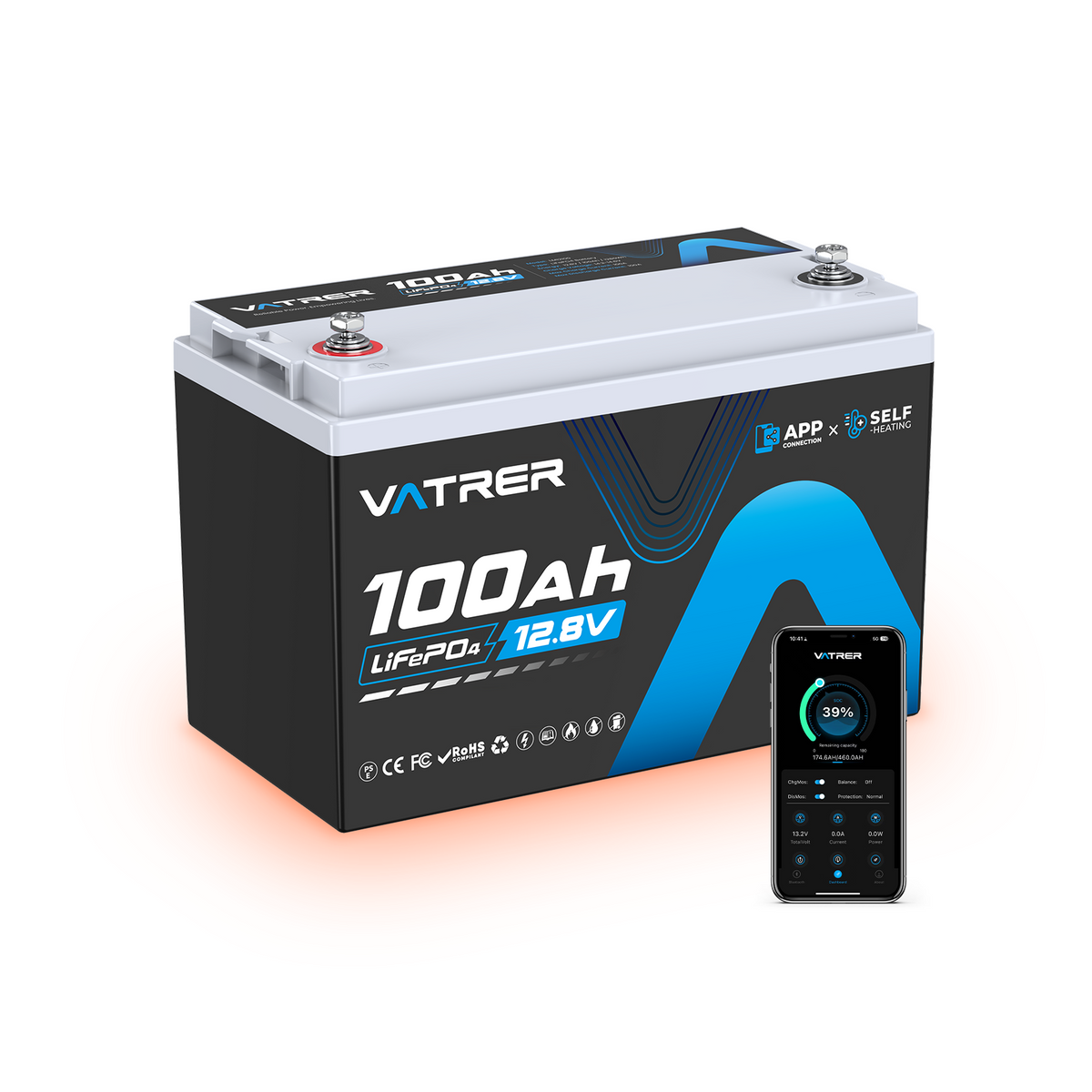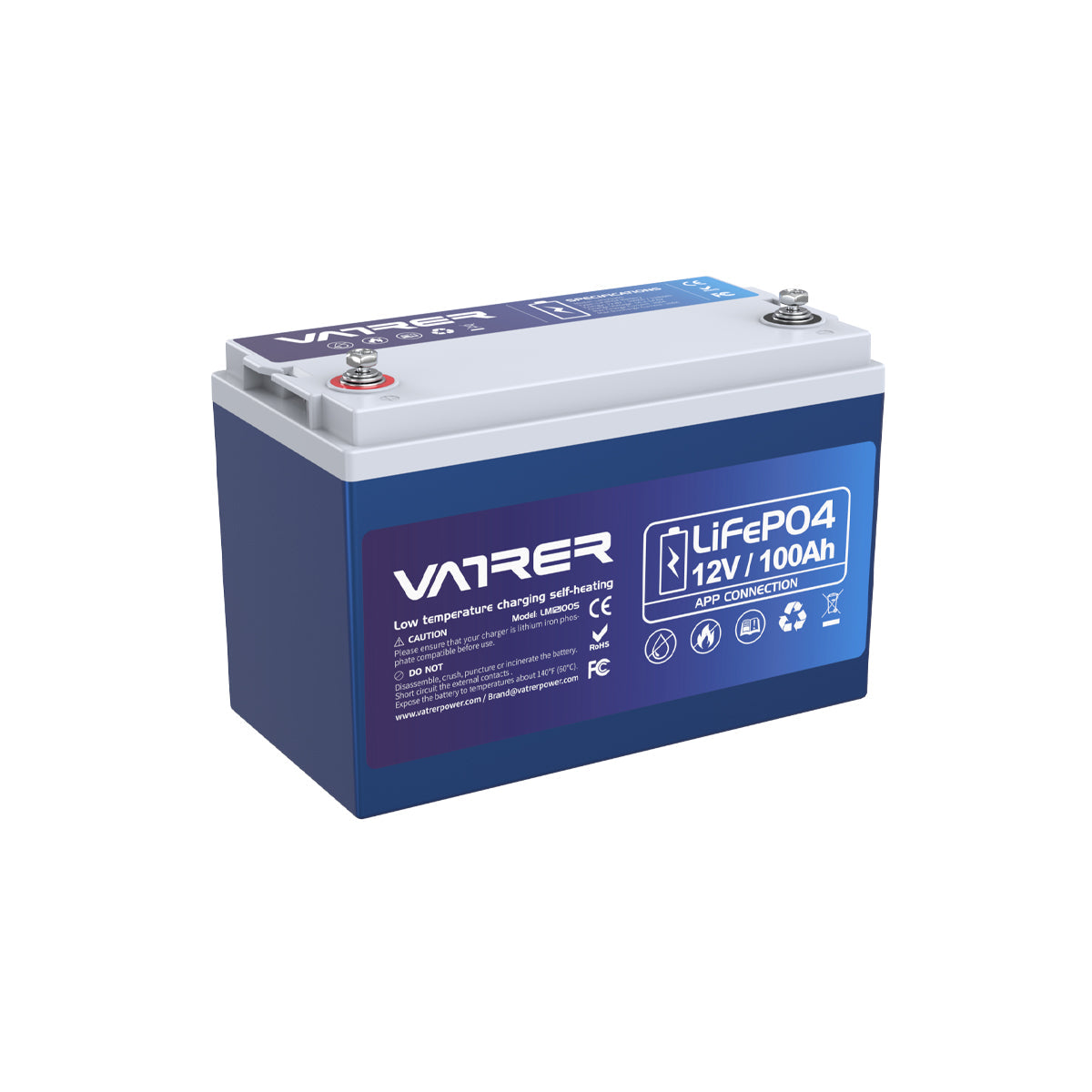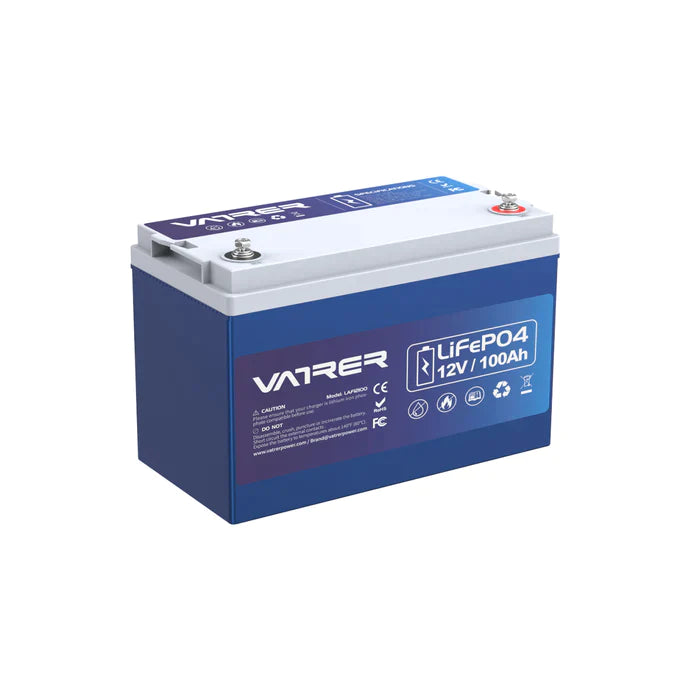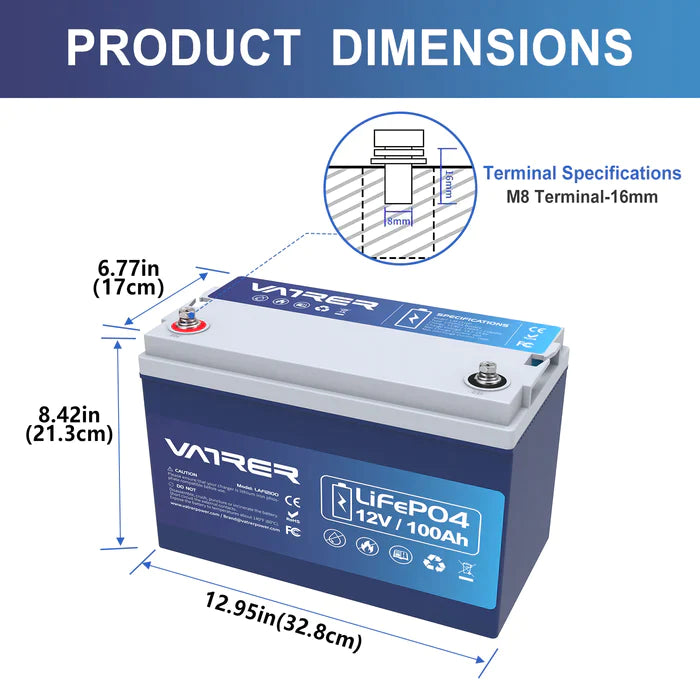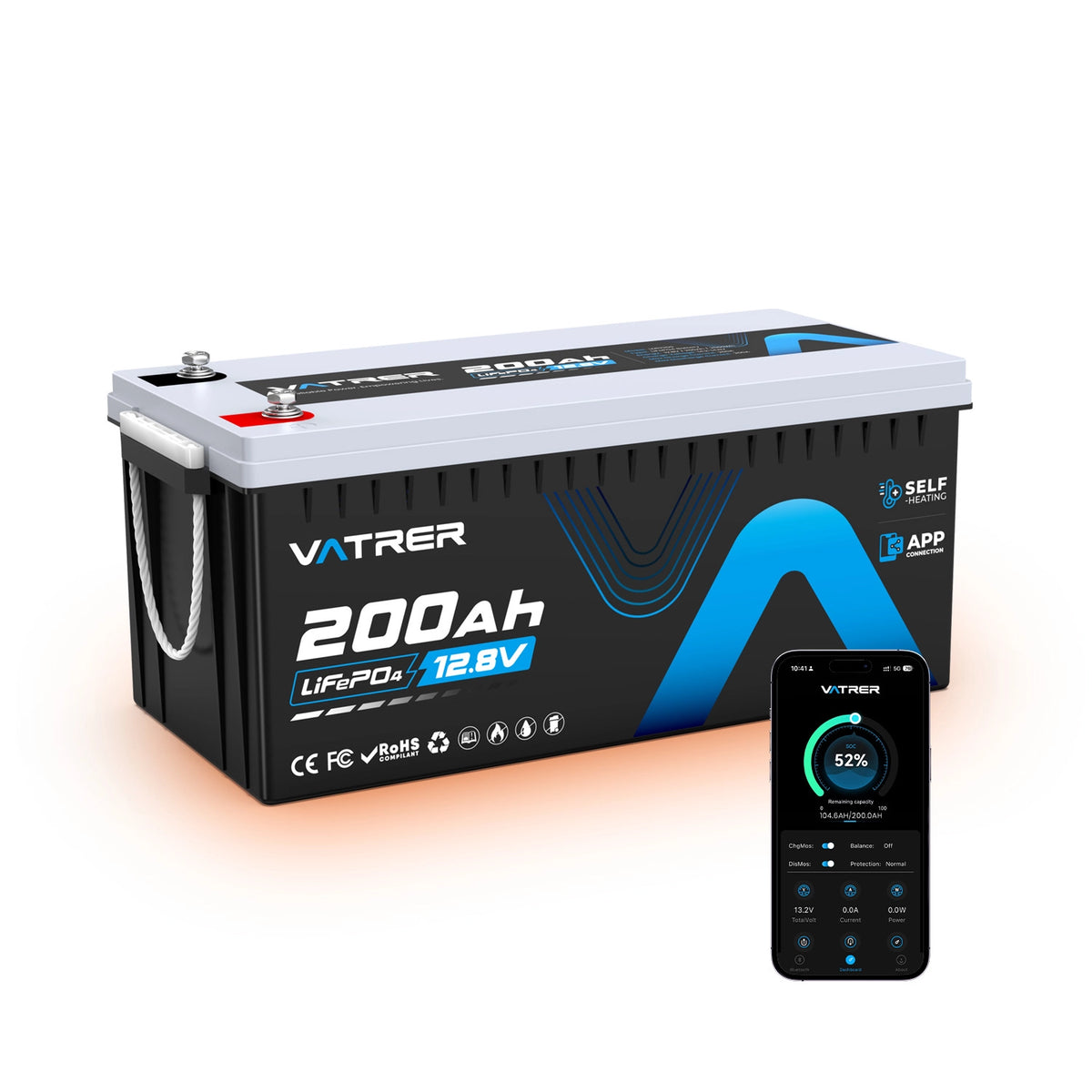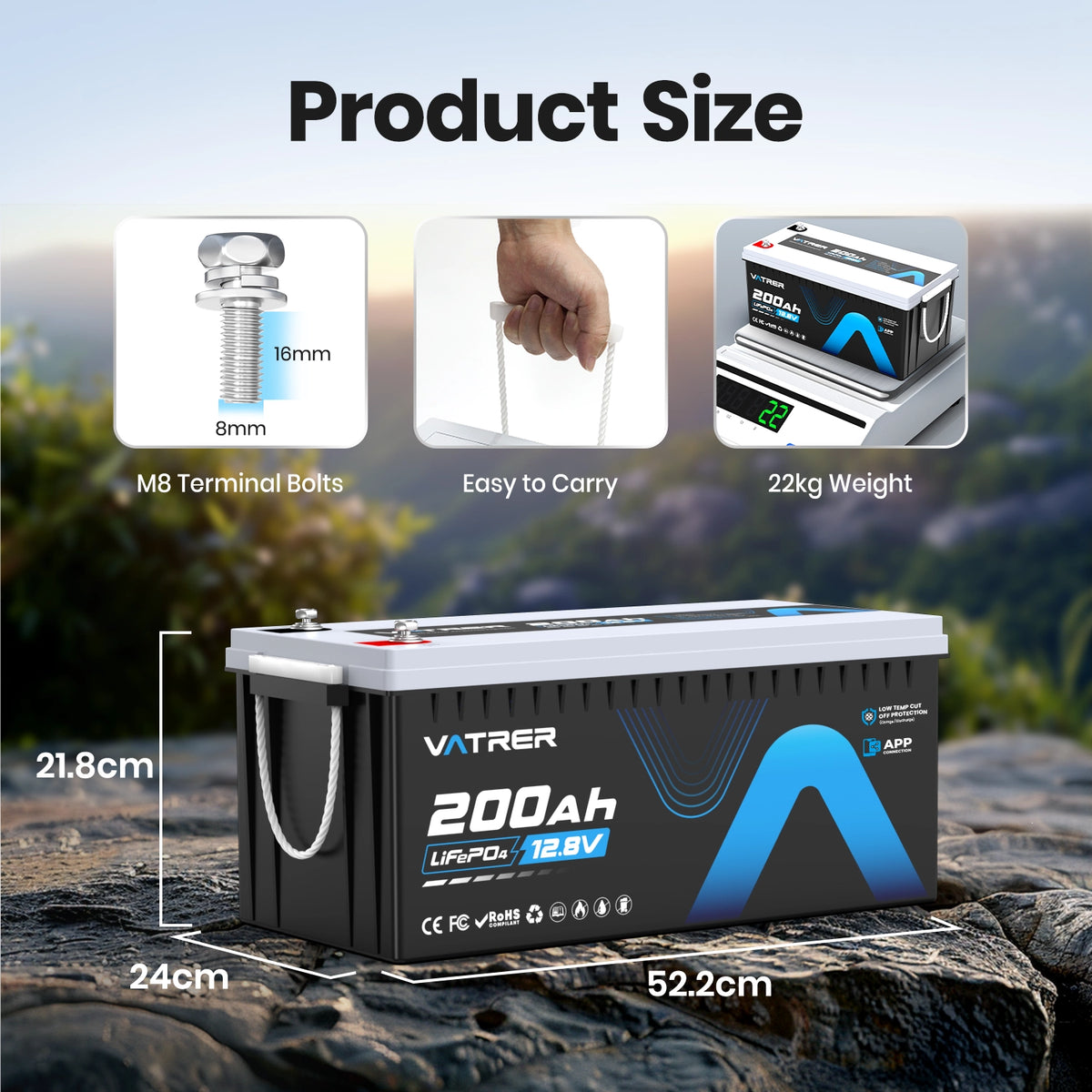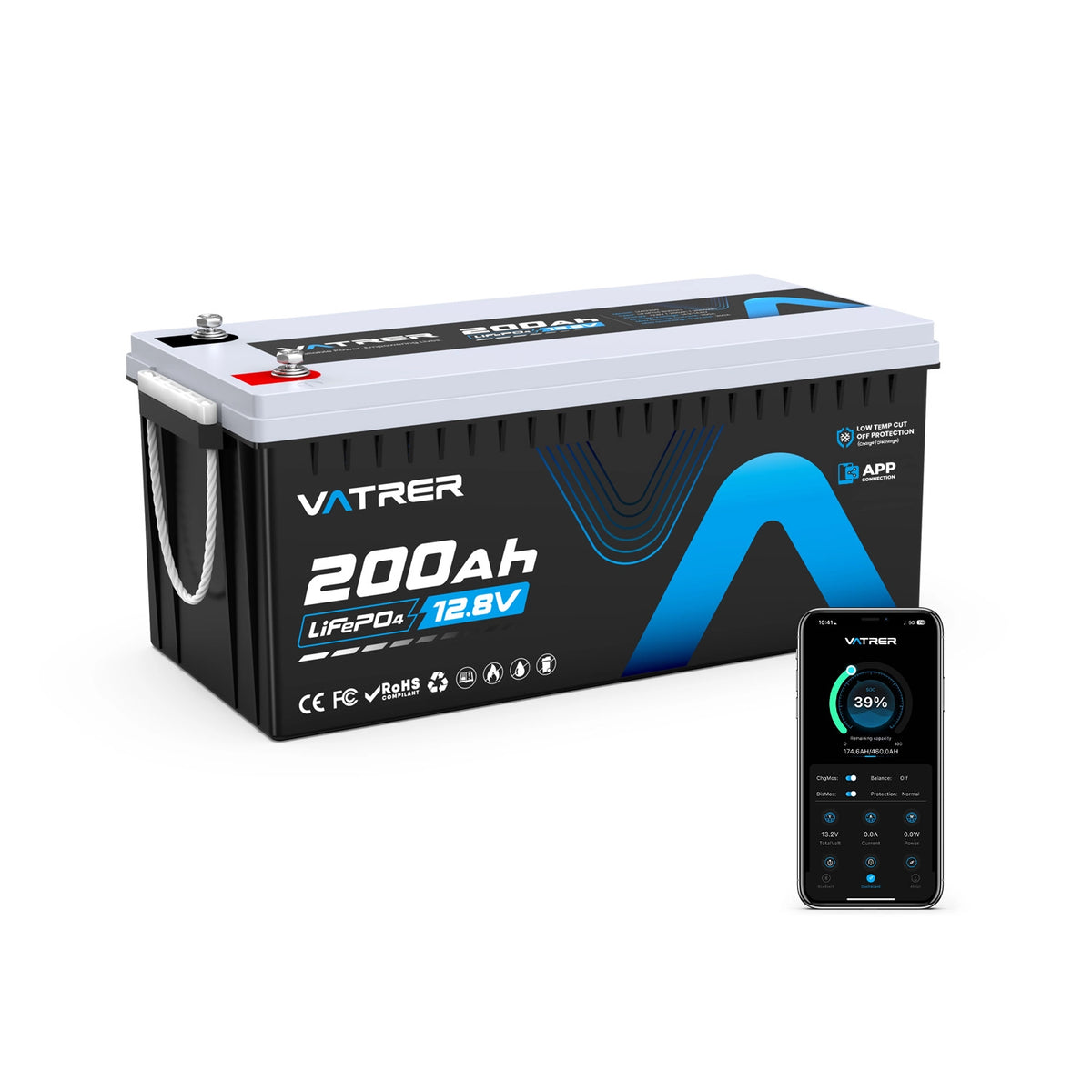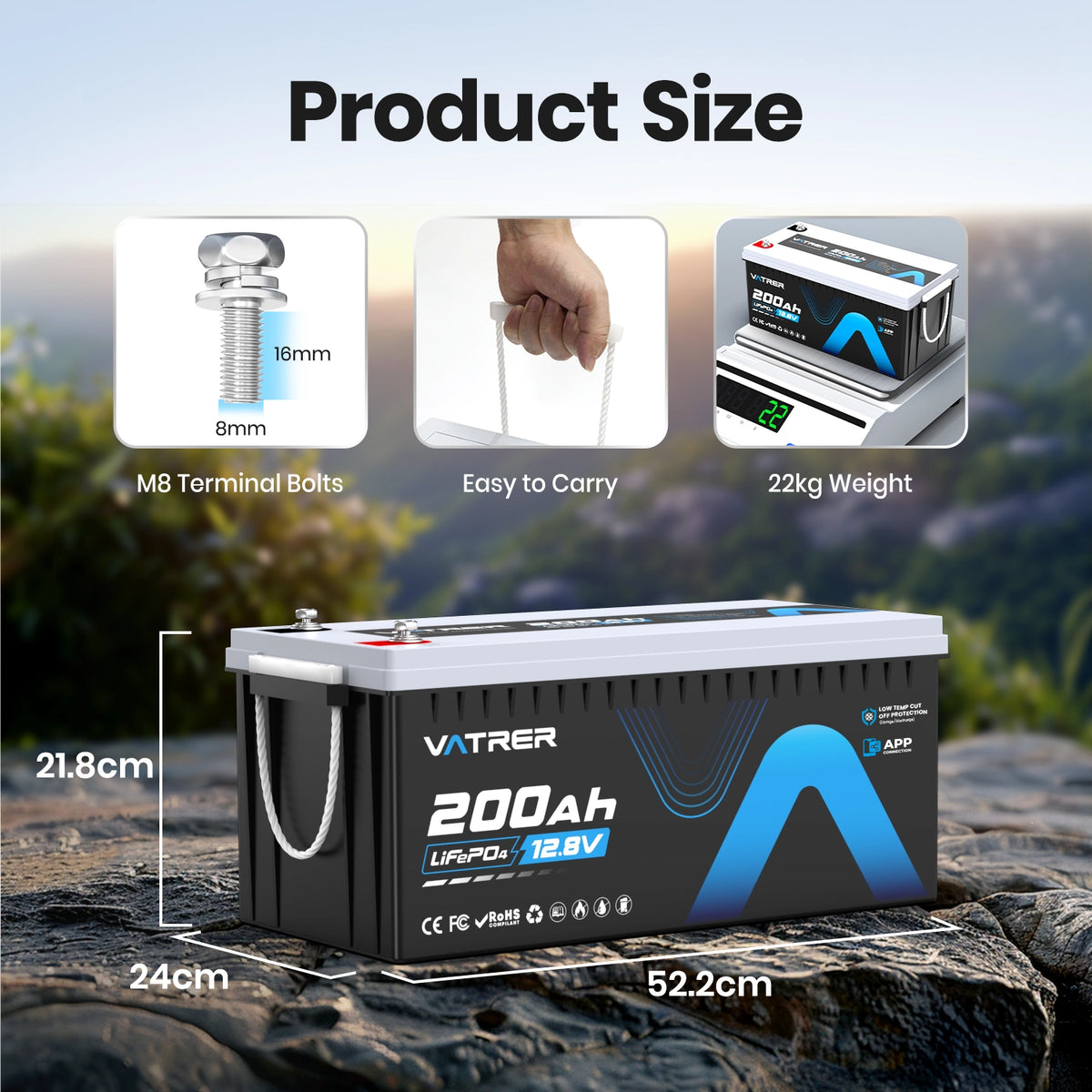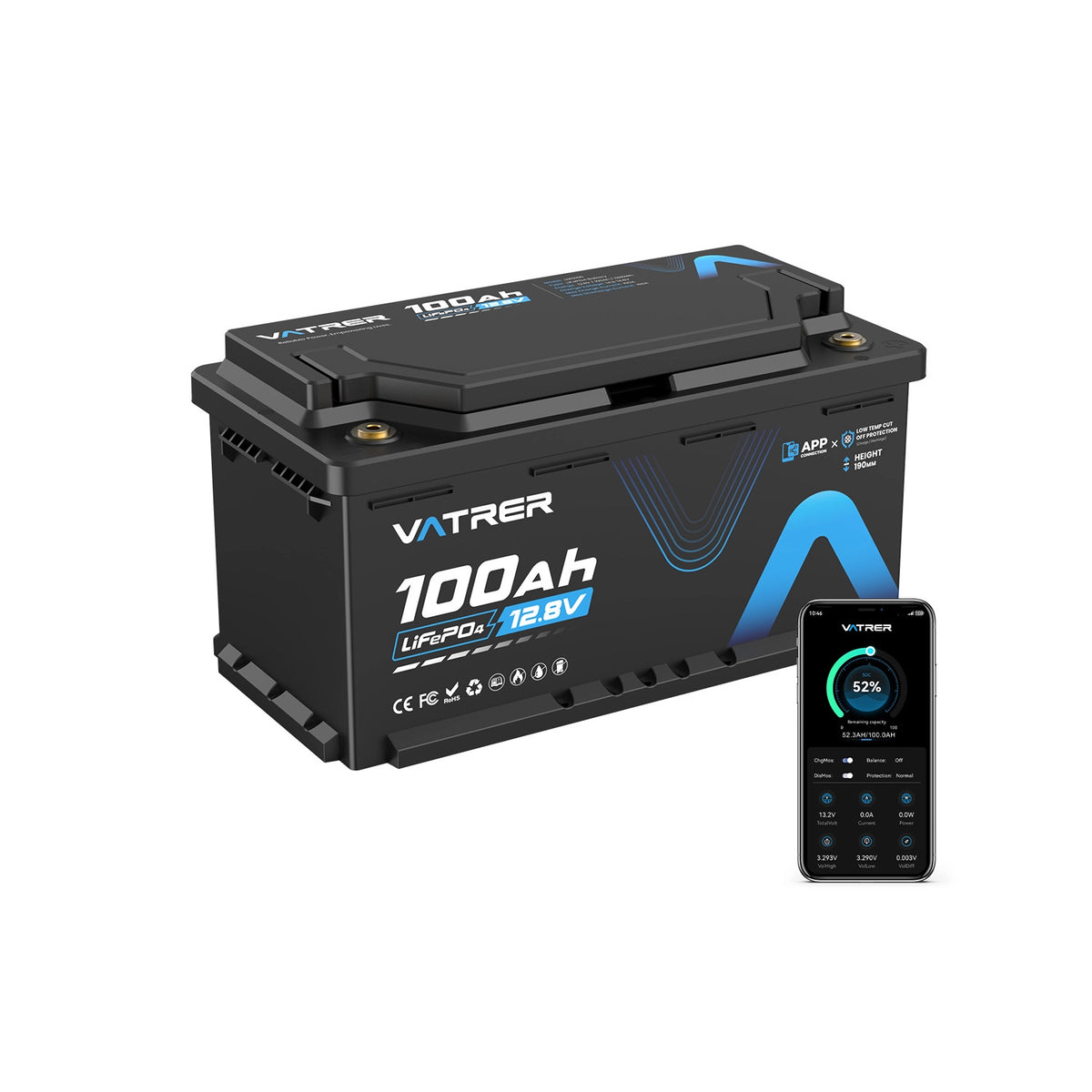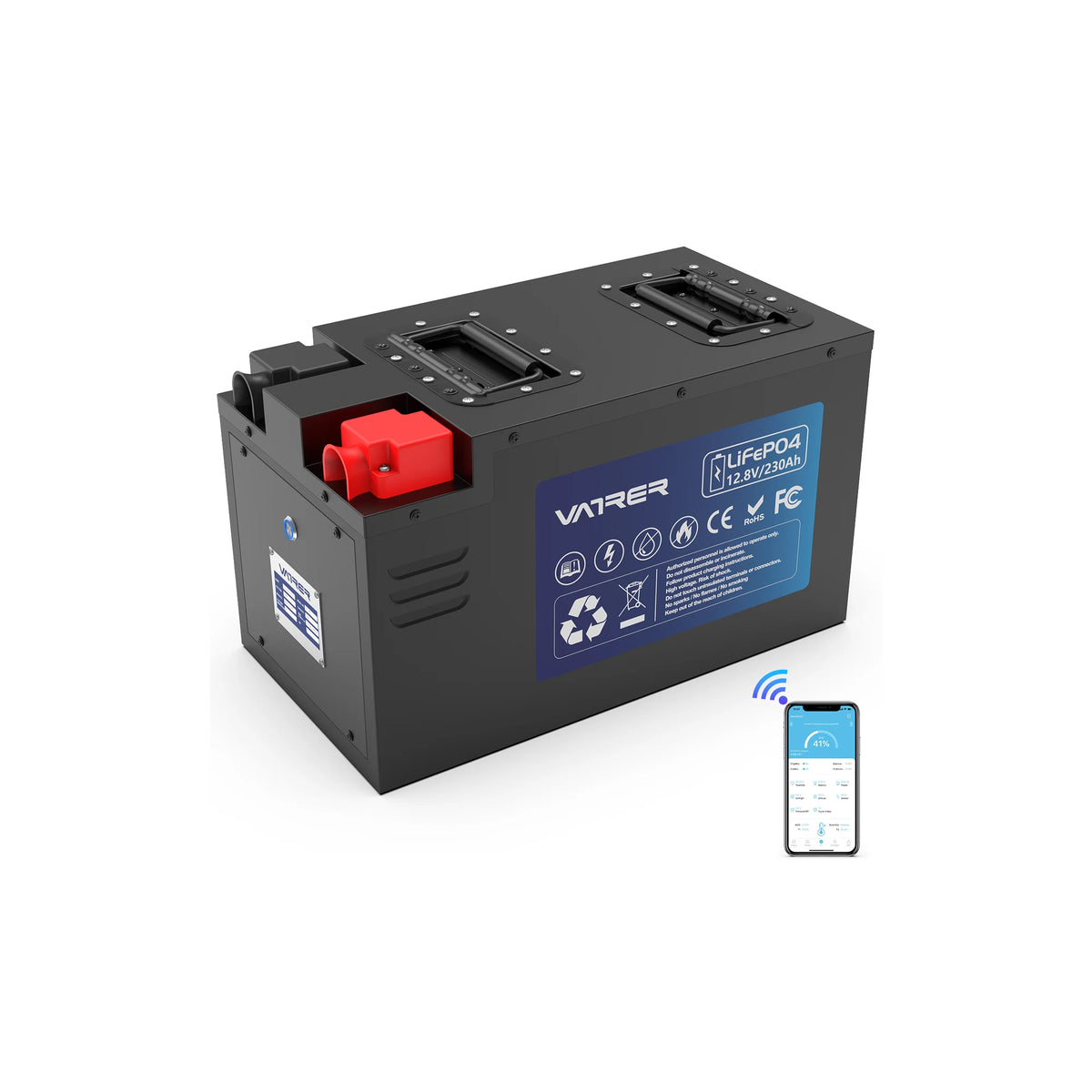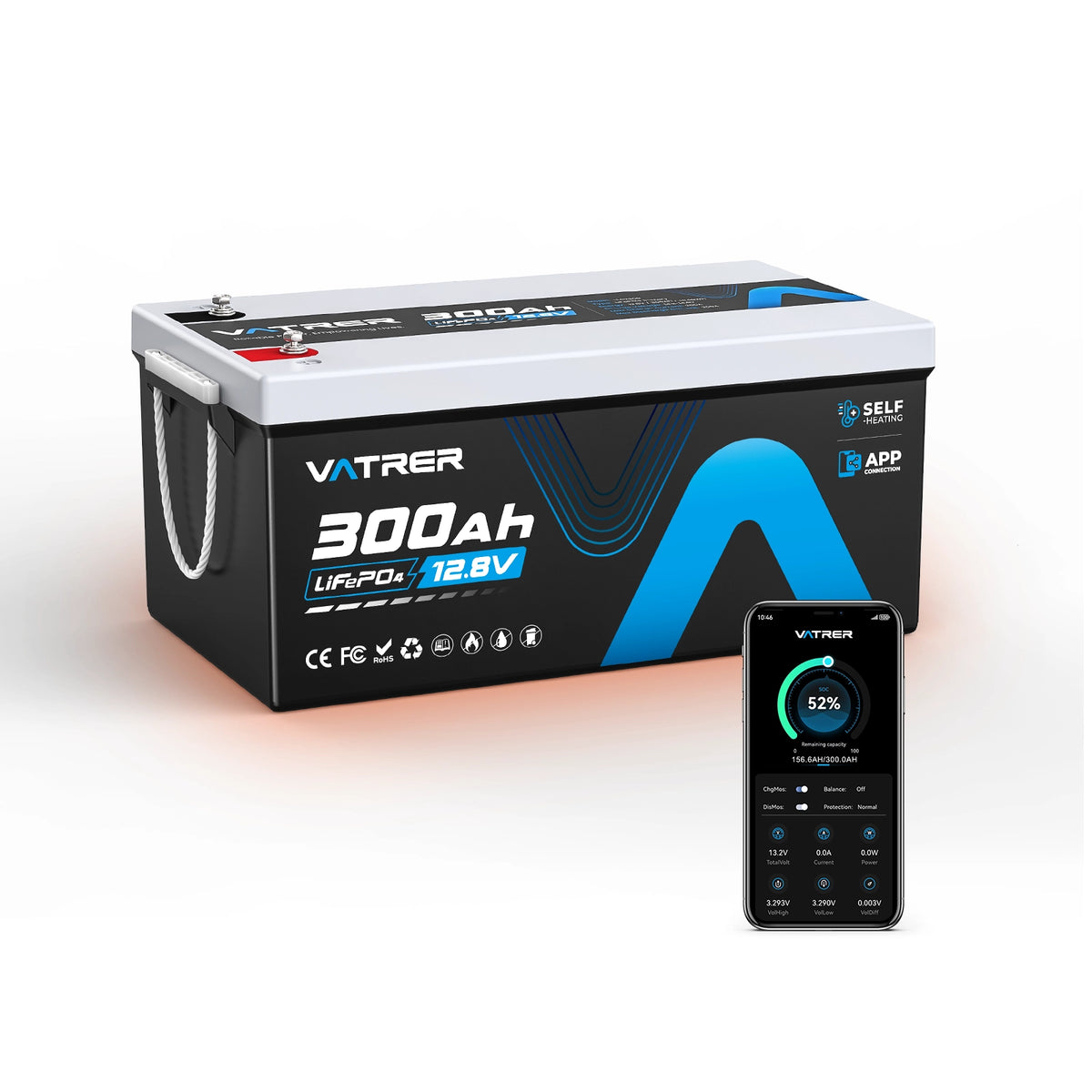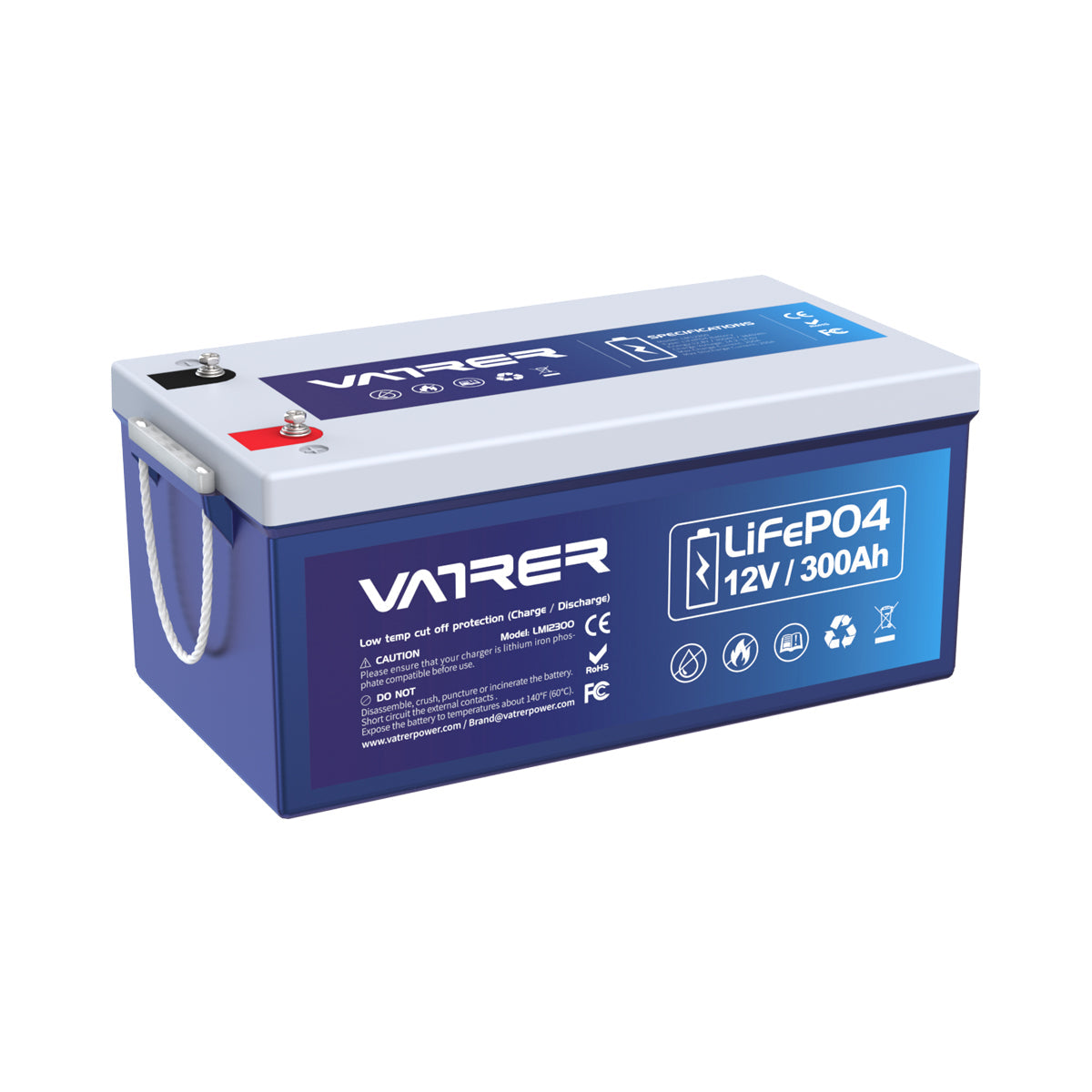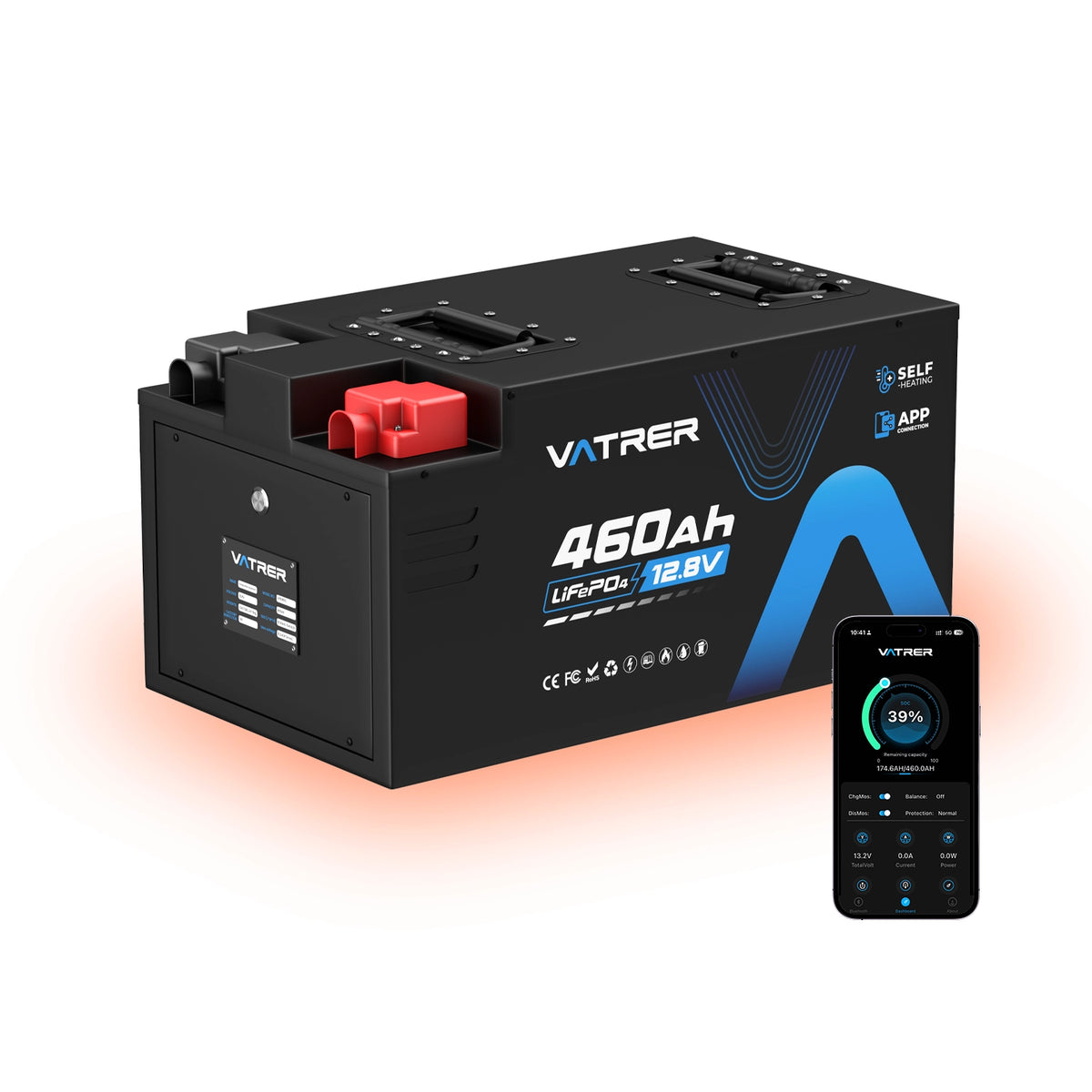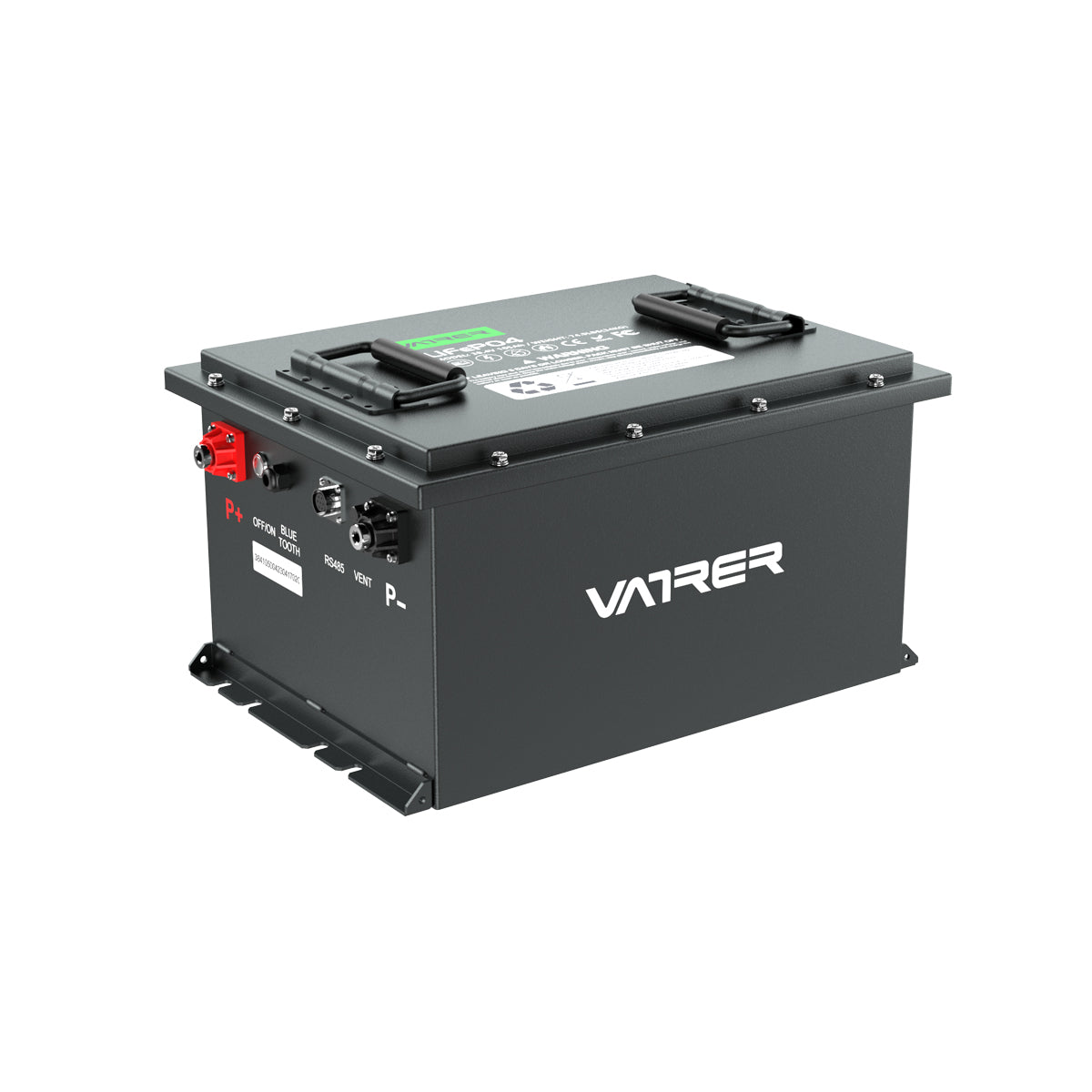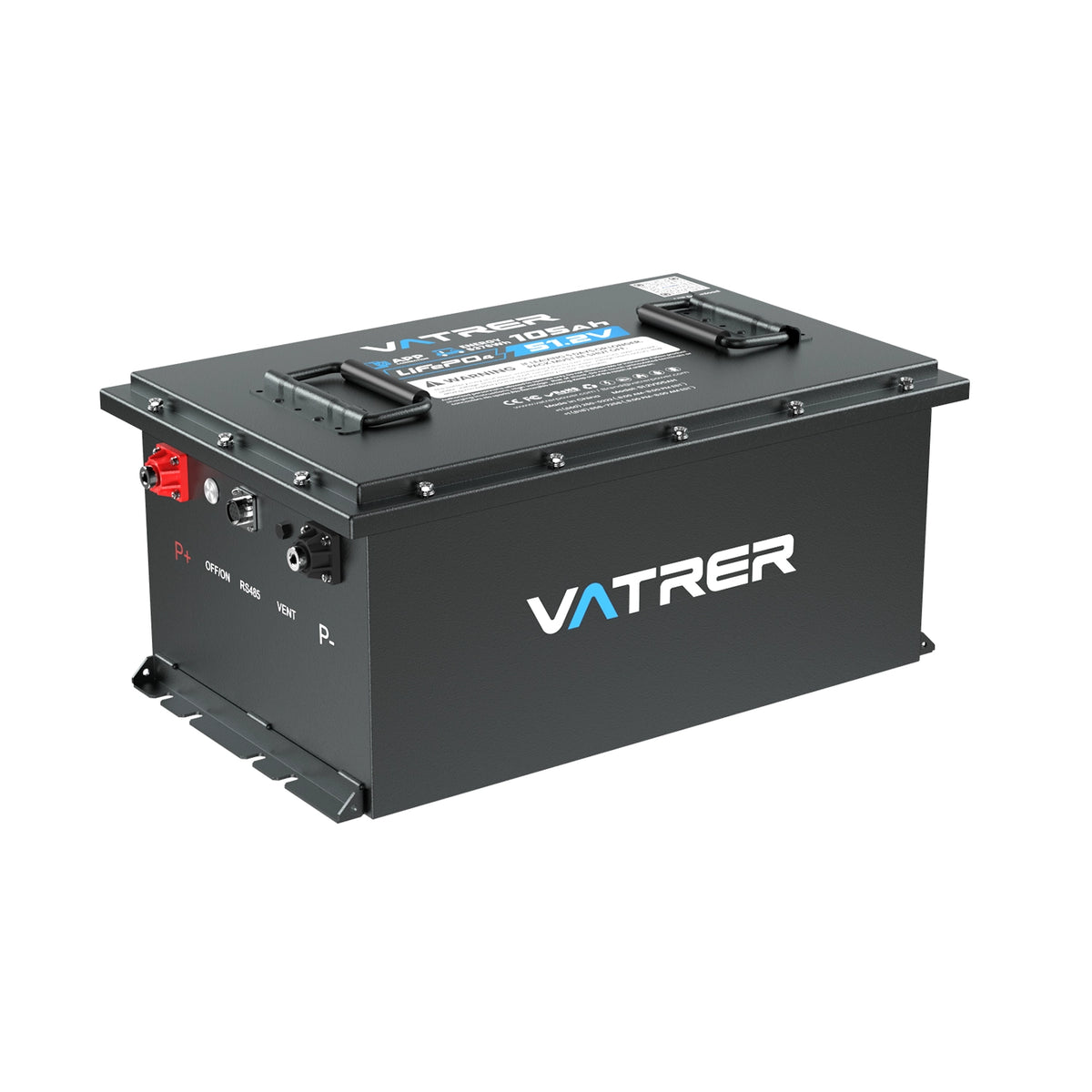Table of Contents
Introduction
Golf carts are a popular mode of transportation on golf courses, in retirement communities, and at large events. One of the most common questions among new golf cart owners is: "How many batteries does a golf cart have?" The answer can vary depending on the type and model of the golf cart, as well as the type of batteries it uses. In this blog post, we’ll explore how many batteries are typically found in golf carts, the different battery configurations, and what you need to know to manage your golf cart's battery system effectively.

Typical Battery Configurations
Golf carts can be powered by either lead-acid batteries or lithium-ion batteries, and the number of batteries required depends on the voltage and design of the cart.
1. 36-Volt Golf Carts
Older and some smaller golf carts typically use a 36-volt system. These carts usually require six 6-volt batteries. Each 6-volt battery is wired in series to produce the total voltage of 36 volts. This configuration is common in many older models of golf carts and is generally less expensive but also less efficient compared to newer systems.
2. 48-Volt Golf Carts
Modern golf carts commonly use a 48-volt system, which provides more power and efficiency. There are a few different configurations for 48-volt systems:
-
Eight 6-Volt Batteries: Some 48-volt golf carts use eight 6-volt batteries. This setup provides a good balance of power and range.
-
Six 8-Volt Batteries: Another common configuration is six 8-volt batteries. This arrangement is slightly lighter and can be more space-efficient.
-
Four 12-Volt Batteries: Some 48-volt carts use four 12-volt batteries. This setup can be convenient for maintenance and replacement but may not offer the same longevity as the other configurations.
3. Lithium-Ion Battery Systems
With the rising popularity of lithium-ion batteries, some golf carts now use these advanced batteries instead of traditional lead-acid batteries. Lithium-ion batteries can be more efficient and have a longer lifespan. The configuration can vary, but a common setup for a 48-volt lithium-ion system might include a single 48-volt battery pack or multiple smaller packs combined to achieve the desired voltage.
Why the Number of Batteries Matters
Understanding the number of batteries in your golf cart is essential for several reasons:
-
Maintenance: Different configurations require different maintenance routines. For example, lead-acid batteries need regular water level checks and terminal cleaning, while lithium-ion batteries require less maintenance.
-
Replacement Costs: Knowing the number and type of batteries helps you plan for future replacement costs. Lead-acid batteries typically need replacing every 4-6 years, while lithium-ion batteries can last 8-12 years.
-
Performance: The configuration can affect your cart's performance, including its speed, range, and power delivery. Understanding your battery setup can help you optimize performance and troubleshoot issues.
Tips for Managing Your Golf Cart Batteries
1. Regular Maintenance
For lead-acid batteries, check the water levels regularly and top them up with distilled water as needed. Keep the battery terminals clean and free of corrosion. For lithium-ion batteries, follow the manufacturer’s maintenance guidelines, which are generally simpler.
2. Proper Charging
Always use the recommended charger for your battery type. Avoid letting your batteries completely discharge, and charge them after each use. Overcharging can also damage the batteries, so ensure your charger has an automatic shut-off feature.
3. Storage
Store your golf cart and its batteries in a cool, dry place. If you’re not using the cart for an extended period, ensure the batteries are fully charged and check on them periodically.
4. Upgrade Considerations
If your golf cart uses lead-acid batteries and you’re considering an upgrade, lithium-ion batteries can provide longer life, less maintenance, and better performance. However, they come at a higher initial cost.
Conclusion
The number of batteries in a golf cart can vary depending on the voltage system and the type of batteries used. Typical configurations include six 6-volt batteries for 36-volt systems and various setups for 48-volt systems, such as eight 6-volt, six 8-volt, or four 12-volt batteries. Lithium-ion batteries offer an advanced alternative with different configurations. Understanding your golf cart’s battery setup is crucial for maintenance, performance, and cost management. By following proper care and maintenance routines, you can ensure your golf cart batteries provide reliable power for years to come.


